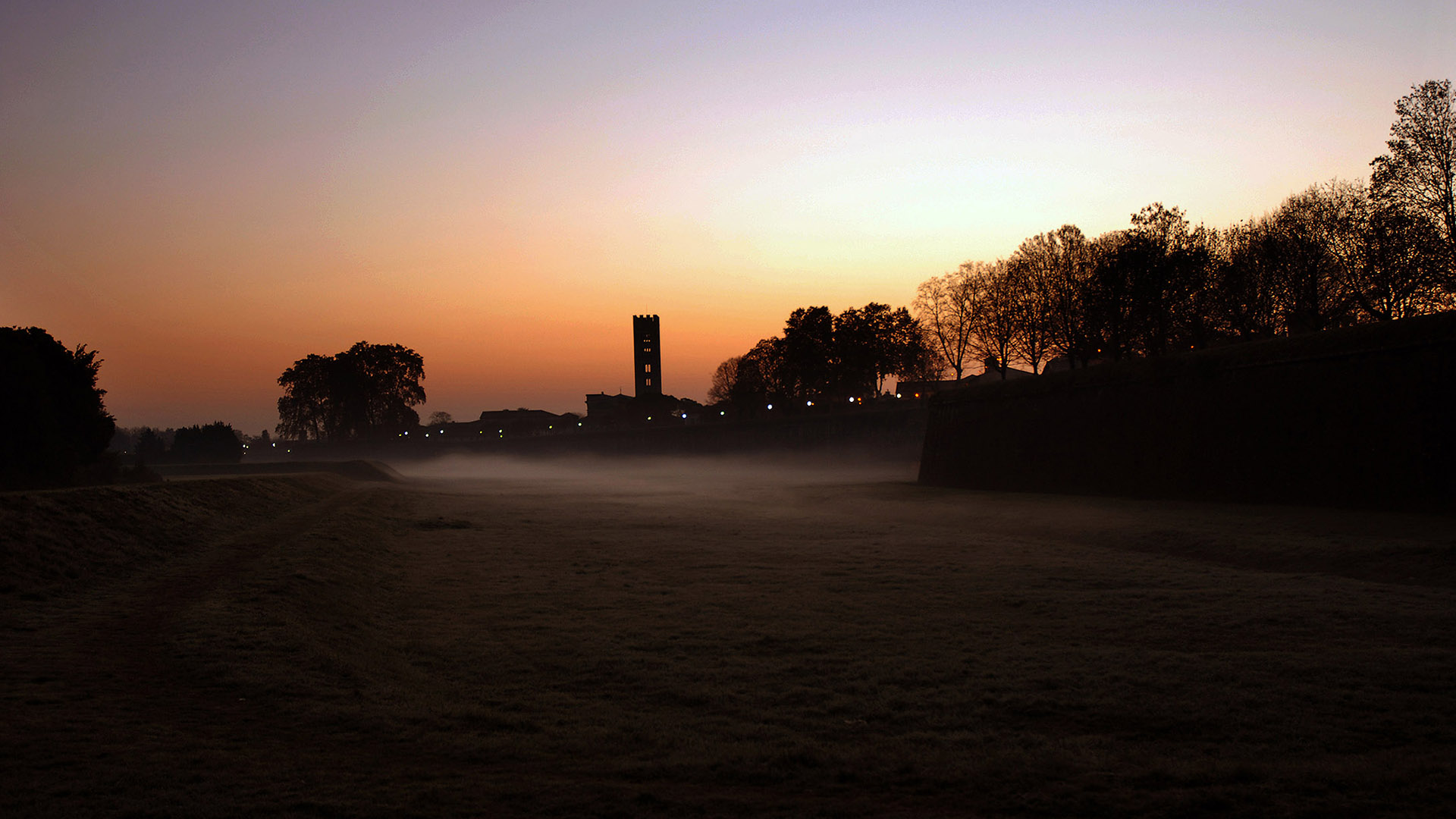
INDIRIZZO: Via Fillungo, Lucca
TELEFONO: +39 0583 48090
EMAIL: infotorriciviche@comune.lucca.it
SITO WEB: www.comune.lucca.it/torredelleore
Reservation is suggested during week days, mandatory in the weekend and on holidays.
The 50-metre Torre delle Ore is the tallest tower in the city. It is located in the central Via Fillungo at the corner with Via dell'Arancio.
In the Middle Ages Lucca had more than 130 towers, built by rich merchant families next to their houses, as a symbol of power and an instrument of defence and control of the surrounding territory.
Today only two remain: the Torre delle Ore and the Guinigi Tower. The others were 'cut down' or demolished during the 16th century, some even collapsed due to their excessive height. Power struggles between families also dictated the challenge of the tallest tower: honour and prestige to its rich patron, who was consequently more esteemed and respected. Beyond a certain height, however, the tower often collapsed, to the mockery of the owner and great satisfaction of the enemy families.
It is also called the Torre della Lite (Tower of Struggle), because it was disputed by two historic rival families, the Quartigiani and the Diversi, who disputed ownership for years. In 1490, to put an end to the dispute and because of the importance of the tower, whose clock marked the city's time, the Republic of Lucca bought it from the Diversi, who in the meantime had become its sole owners.
Climbing the 207 steps of the wooden staircase one reaches the belfry and there, from the large arched windows, one can admire a splendid view from above: the austere palaces and narrow streets, the red roofs and church steeples, in the distance the hills and mountains framing the city. Immediately below inside, the actual clock is visible, an 18th century mechanism with perfect gears that regulate the number of chimes. One of the most interesting examples still working in Europe.
The first clock was placed there in 1390, made by a great master goldsmith of the time, Lambruccio Cerlotti: it struck the hours with only the tolling of a bell. A century later, the dial was applied so that the passing of time could be visible, as well as audible.
In 1752, the Geneva watchmaker Louis Simon was commissioned to make a modern mechanism, the one we can still see today. Two years later, a new dial was installed, the work of Lucchese watchmaker Sigismondo Caturegli, and three new bells, cast by another Lucchese, Stefano Filippi.
The sounding of the hours is 'alla romana' (a day divided into four parts of six hours) and is rung by the larger bell, while the quarters are rung by the two smaller bells. In the second half of the 18th century, 'Roman-style' timekeeping was replaced by so-called 'French-style' time, the one used today. However, the clock in Lucca continues to strike the six hours: one chime, two, three, four, five, six, then starts again four times.
On the roof, an iron weathervane with the motto Libertas and the date: 1754.
